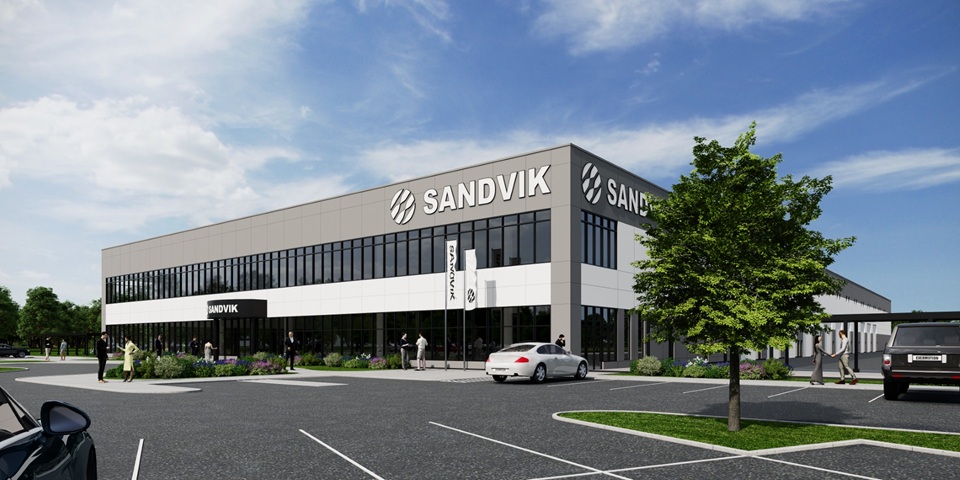Pascua-Lama costs and challenges take shine off Barrick Gold earnings

Cost burdens continue to upset Barrick Gold Corp. (NYSE, TSX: ABX), as the globe’s top gold miner hiked Thursday its cash cost guidance for 2012 and warned that costs at its massive Pascua-Lama project will be almost three times more than the $3 billion announced in 2009.
Construction of Pascua-Lama, the miner’s largest and most controversial project ever, is now expected to cost as much as $8.5 billion, with first production expected not before mid-2014.
The newly divulged sum, part of the miner’s third quarter results, is even higher than the approximately $8 billion Barrick estimated Pascua-Lama would cost to develop in July. At the time the Toronto-based company said it was delaying the start-up of the project for about a year, after a review of the company’s development ventures showed the South American mine costs would jump as much as 60%.
Once in production, the gold, silver and copper mine will be one of the world’s largest and lowest cost operations, but getting there has proven difficult to Barrick and not only because it ran into massive escalation in capital costs and delays.
The project has drawn strong opposition, particularly over water use and impacts on glaciers.
In early October, a Chilean appeals court accepted to consider a request for an injunction against the company and its project, filed by a group of northern natives in conjunction with the local government’s environmental evaluation committee.
The decision was based on studies that show the destruction of three glaciers close to Pascua Lama: Toro 1, Toro 2 and Esperanza. The reports also show that water resources have been heavily polluted due to deposition of sterile before the acid rock drainage plan starts operating, which would have prevented the damage.
The same month Chile’s Supreme Court struck down the planned 2,100-megawatt, $5 billion Castilla thermoelectric power plant project, citing environmental concerns. Barrick’s Pascua Lama mine was to be supplied with power from that project, which may result in additional delays and costs.
Another challenge for Barrick is an ethics scandal investigation in Canada. In late August, the company found itself at the centre of a local political controversy following its failure to properly report three separate lobbying discussions with Nigel Wright, Prime Minister Stephen Harper’s chief of staff.
Canada’s ethics watchdog is now examining Wright’s dealings with Barrick, under section 45 of the Conflict of Interest Act.
When it comes to financial issues, the Canadian gold company is not doing much better. It reported net earnings of $620-million (62 cents a share) compared to net earnings of $1.37-billion ($1.37 per share) in the same prior year quarter.
Barrick also reduced its copper production guidance for 2012 to 450 million pounds (down from 460 to 500 million) as a consequence of a delay in first production from Jabal Sayid in Saudi Arabia. This project has been stalled since the firm was told the mine does not meet local safety and security standards. Production at Jabal Sayid is expected to start in 2014.
Read more on the law that protects glaciers in Argentina >> >>
Learn about and see images of Pascua Lama >> >>
Image of an upset child from The National Library of Wales
{{ commodity.name }}
{{ post.title }}
{{ post.date }}





Comments